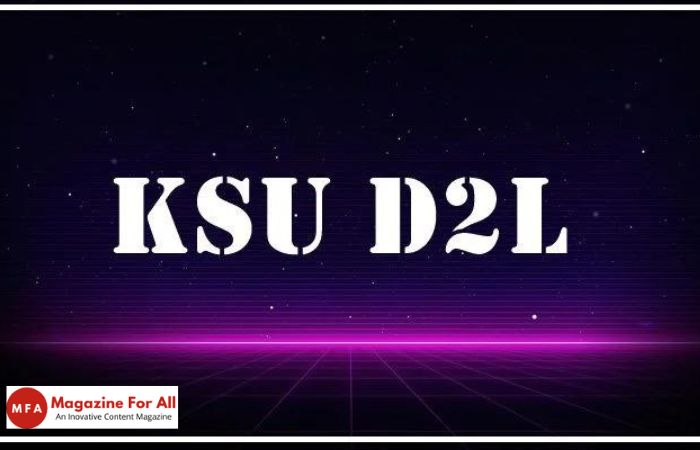Retirement accounts can be confusing, but they are an essential part of planning for your financial future. Understanding how to use a safe withdrawal rate calculator and the different types of retirement accounts available can help you make informed decisions about your investments and savings.
Understanding various types of retirement accounts like IRAs and 401(k)s is key to effective retirement planning. Factors such as your financial goals, time horizon, and the size of your savings should influence your choice of account. A financial advisor or a robo-advisor can help tailor a retirement plan to your unique situation and goals.
Additionally, while social security shouldn’t be the sole source of retirement income, it can supplement other savings. By grasping the features, benefits, and considerations of each retirement account, you can make informed decisions that align with your financial situation and goals, ensuring a comfortable retirement.
Table of Contents
Traditional Vs Roth Accounts
Traditional IRA and 401(k)
A traditional IRA and 401(k) are tax-deferred retirement accounts. Contributions made to these accounts are pre-tax, meaning they reduce taxable income in the year they are made. Investment gains in these accounts are also tax-deferred, meaning they are not taxed until withdrawn. However, withdrawals from these accounts are taxed as ordinary income, including any investment gains and capital gains.
One significant advantage of traditional IRAs and 401(k)s is that they can provide tax savings in the year contributions are made. This can be especially beneficial for individuals with higher incomes who are in a higher tax bracket. Additionally, traditional IRAs and 401(k)s may be ideal for individuals who expect to be in a lower tax bracket during retirement.
However, traditional IRAs and 401(k)s also have some drawbacks. Withdrawals from these accounts are subject to income taxes, and required minimum distributions must be taken starting at age 72. These distributions can increase taxable income and potentially push individuals into a higher tax bracket.
Roth IRA and 401(k)
A Roth IRA and 401(k) are after-tax retirement accounts. Contributions made to these accounts are made with after-tax dollars, meaning they do not reduce taxable income in the year they are made. However, investment gains in these accounts are tax-free, meaning they are not taxed when withdrawn. Additionally, withdrawals from these accounts are tax-free.
One significant advantage of Roth IRAs and 401(k)s is that they can provide tax-free income during retirement. This can be especially beneficial for individuals who expect to be in a higher tax bracket during retirement. Additionally, Roth IRAs and 401(k)s do not have required minimum distributions, providing greater flexibility during retirement.
However, Roth IRAs and 401(k)s also have some drawbacks. Contributions to these accounts are limited by income, and individuals with higher incomes may not be eligible to contribute. Additionally, contributions to Roth accounts are made with after-tax dollars, meaning they do not provide tax savings in the year they are made.
Types of Retirement Accounts for Self-Employed and Small Businesses
When it comes to retirement planning, self-employed individuals and small business owners have several options to choose from. Here are some of the most popular types of retirement accounts for these entities:
SEP IRA
A Simplified Employee Pension (SEP) IRA is a type of retirement account that allows self-employed individuals and small business owners to contribute to their own retirement savings, as well as the retirement savings of their employees. SEP IRAs are easy to set up and maintain, and they have high contribution limits. For the year 2023, the contribution limit is $66,000 or 25% of net earnings from self-employment, whichever is less.
SIMPLE IRA
A Savings Incentive Match Plan for Employees (SIMPLE) IRA is another type of retirement account that is designed for self-employed individuals and small businesses with 100 or fewer employees. SIMPLE IRAs are easy to set up and maintain, and they have lower contribution limits than SEP IRAs. For the year 2023, the contribution limit is $14,000, or $16,500 for individuals age 50 or older.
Solo 401(k)
A Solo 401(k) is a type of retirement account that is designed for self-employed individuals with no employees. Solo 401(k)s have high contribution limits, and they allow self-employed individuals to contribute to both their own retirement savings and their business’s retirement savings. For the year 2023, the contribution limit is $61,000, or $67,500 for individuals age 50 or older.
SIMPLE 401(k)
A SIMPLE 401(k) is a type of retirement account that is designed for small businesses with 100 or fewer employees. SIMPLE 401(k)s have lower contribution limits than Solo 401(k)s, but they are still a good option for small business owners who want to offer their employees a retirement savings plan. For the year 2023, the contribution limit is $14,000, or $16,500 for individuals age 50 or older.
Other Types of Retirement Accounts
There are several other types of retirement accounts that individuals may consider, in addition to the commonly known 401(k) and IRA plans. Each of these accounts has its unique features, tax benefits, and drawbacks. Here are some of the other types of retirement accounts:
403(b) and 457(b) Plans
403(b) and 457(b) plans are similar to 401(k) plans, but they are designed for employees of public schools, nonprofit organizations, and government agencies. These plans allow employees to contribute a portion of their salary on a pre-tax basis, reducing their taxable income. Employers may also contribute to these plans, either by matching the employee’s contribution or making a fixed contribution. The contribution limits for 403(b) and 457(b) plans are generally higher than those for 401(k) and IRA plans.
Defined Benefit and Profit-Sharing Plans
Defined benefit plans are pension plans that provide a fixed income to employees in retirement. The amount of the benefit is based on a formula that takes into account the employee’s salary and years of service. Profit-sharing plans, on the other hand, are retirement plans that allow employers to make contributions to their employees’ retirement accounts based on the company’s profits. These plans can be a useful tool for small business owners who want to provide retirement benefits to their employees.
Health Savings Account (HSA)
An HSA is a tax-advantaged savings account that individuals can use to pay for medical expenses. Contributions to an HSA are tax-deductible, and withdrawals for qualified medical expenses are tax-free. If an individual does not use all the funds in their HSA in a given year, the funds can roll over to the next year. After age 65, an individual can withdraw funds from their HSA for any reason without penalty, although they will have to pay income tax on the withdrawals.
Brokerage Accounts
A brokerage account is a type of investment account that individuals can use to buy and sell stocks, bonds, ETFs, and other securities. While not a retirement account per se, a brokerage account can be a useful tool for individuals who want to invest for retirement. Unlike retirement accounts, there are no contribution limits for brokerage accounts, and individuals can withdraw their funds at any time without penalty. However, withdrawals from a brokerage account may be subject to capital gains tax.
Conclusion

Understanding various types of retirement accounts like IRAs and 401(k)s is key to effective retirement planning. Factors such as your financial goals, time horizon, and the size of your savings should influence your choice of account. A financial advisor or a robo-advisor can help tailor a retirement plan to your unique situation and goals.
Additionally, while social security shouldn’t be the sole source of retirement income, it can supplement other savings. By grasping the features, benefits, and considerations of each retirement account, you can make informed decisions that align with your financial situation and goals, ensuring a comfortable retirement.
Related Post: Impact of Economic Factors on Financial Models













































































